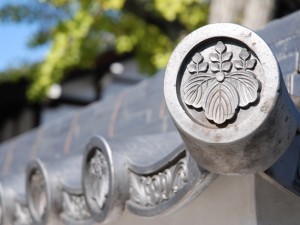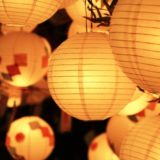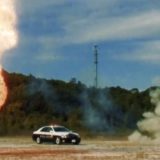What is “Kamon”?
“Kamon” is a crest representing a family that has been handed down from generation to generation from ancestors. In modern terms, “logo of the house”
There are 8 types of Kamon depending on the object on which the crest is based: “natural crest”, “plant crest”, “animal print”, “instrument print”, “architectural crest”, “pattern crest”, “character crest”, and “figure mark”.
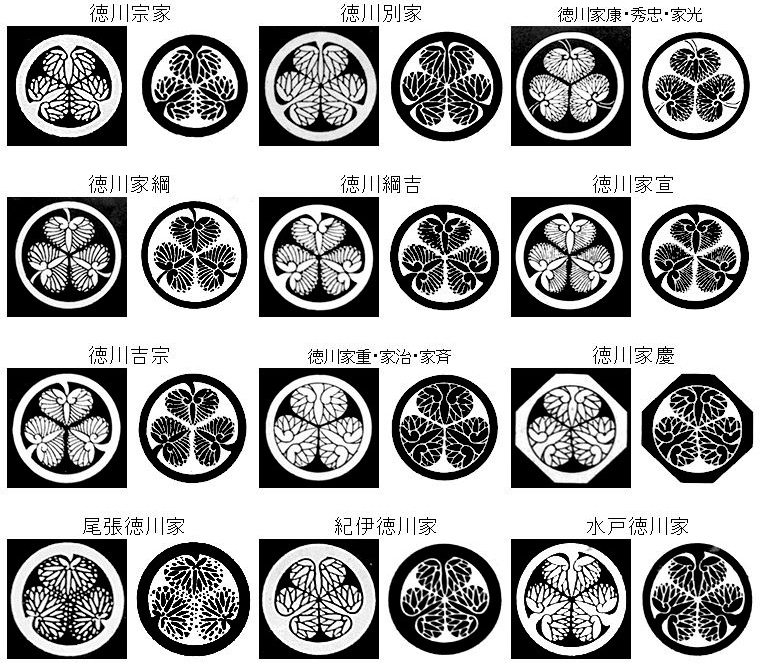
When did “Kamon” start to use?
There seems to be a difference between “Kuge” and “Buke“.
” Kuge ”is a general term for aristocrats and high-ranking bureaucrats who serve the Imperial Court.
They are the people of the family who serve near the emperor or serve at the Imperial Palace by heredity. After the end of the Heian period(794~1185), court nobles who served the emperor came to be called “Kuge” as opposed to Buke.
On the other hand, “Buke” is a Samurai Family. Samurai were originally people of the rank who were engaged in battle under the aristocracy, or they were a battle group. In later years, it became the center of politics in place of nobles. A samurai is a person from a “Buke” family.
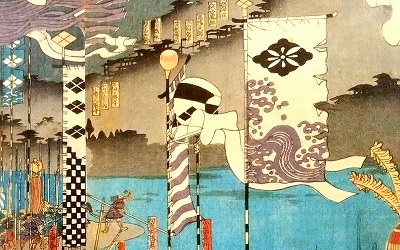

Origin of Kuge’s Kamon
It is said that there are 3 roots of Kamon of Kuge. The first is an ox-drawn carriage. It is said that the pattern used in this ox-drwon carriage turned into Kamon. It is aslo said that the design was added not only to express the beauty of the carriage, but also to distinguish it from other families’ one.
The second one is a pattern of clothes worn by court nobles. It is said that the Koga family used a pattern called Rindo Dasuki by preference, but later it was used as Kamon.

This is a flower called “Tojyaku” which really looks like Japanese
rabbitear iris loved by court nobles for its elegance and beauty.
As for Kamon, it can be said that it is only for Kuge (court nobles), and there are no Kamon used by people other than Kuge.
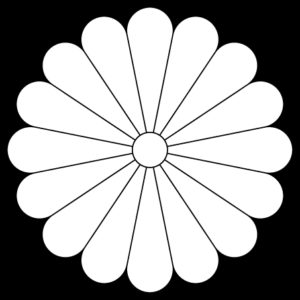
The crest of the chrysanthemum is the crest of the Imperial Family and is considered the most noble flower in Japan.
Similar heraldry has existed throughout the world since ancient times as a symbol of the sun.
Finally, it became Kamon by some other reasons. For example, it is said that Michizame Sugawara loved Japanese plums very much, so the family crest of the Sugawara family is Umebachi-mon, and it is said that the origin of the family’s family crest came from it to remember one’s ancestors.
Roots of Samurai family’s Kamon
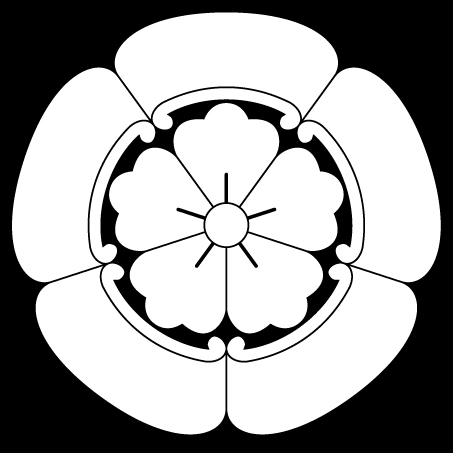
It is famous as the crest used in the Gion-shinko faith and represents “Gozu Tenno (GOZUTEN)” which is the enshrined deity of Gion.
It is also famous for being used by Nobunaga ODA and often seen in the Hokuriku and Tohoku regions.
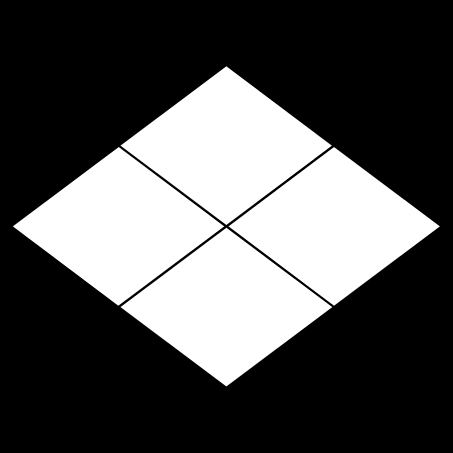
It is an original pattern that has existed since before Christ, and can be seen all over the world.
“Yotsubishi” is called “Takeda Ryo” because it was used by Shingen TAKEDA, who is one of the most famous Samurai in Japanese history.
Samurai family crests were mainly drawn on flags and curtains to distinguish from foe in battlefields, but some of them seem to have roots in the patterns of clothes as well as court nobles.
What is the difference between Japanese crests and European ones?
In Europe, there are “heraldry” similar to family crests, bu just the royal family and nobles have them. Not all families have them. And many of them are deeply related to the origin of the house.
For example, Tudor Rose, which is engraved on British currency is a crest used by a distinguished family associated with the Tudor dynasty as its name suggests, and it was invented by Henry VII after the end of the War of the Roses.

On the other hand, since there was no restriction on the use of Kamon in Japan, common people could use Kamon. However, because they used Kamon as family signs, there is often no correlation between the pattern and the origin of the family.
During the Sengoku period (period of warring states), it was necessary to judge enemies and allies by the emblem of a flag, and there was a tacit understanding not to use a pattern that might be mistaken for another family’s Kamon, but it was difficult to trace the history and origin of a family from Kamon because common people did not care about it and used their favorite Kamon relatively freely.
But there are exceptions. For example, the crest of the chrysanthemum was a family crest of the Imperial Family and a special crest. Therefore, in principle, the crest of the chrysanthemum is not used except when it was granted by an emperor or by a former member of the Imperial family.
How and where are the “Kamon” used in Japanese life?
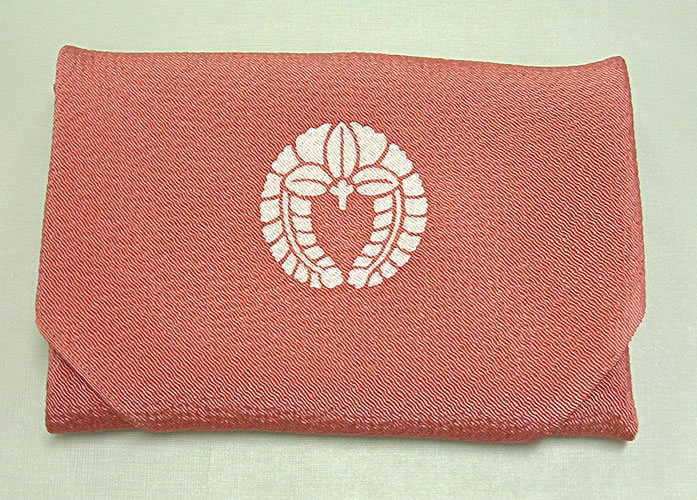
Then, where is modern Kamon used?
In the Meiji period, common people began to dye their Kamon on Montsuki Hakama Which is a formal wear for men and umbrella.
Even today, when people no longer wear haori and hakama, it is not uncommon to have a family crest on a tie to go with a formal dress, and a furoshiki, which is Japanese traditional wrapping clothes, with a family crest is used to wrap gifts.
Also, Kamon are sometimes put on the roof tiles in Japanese style houses, and if you go to a cemetery, you may find gravestones with Kamon engraved.
